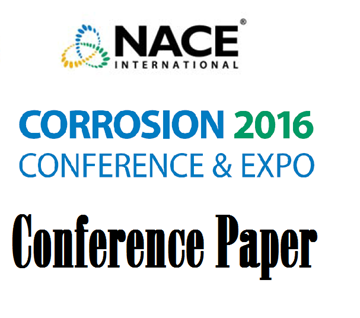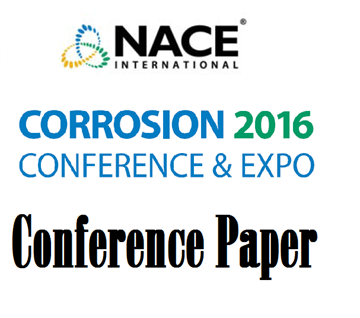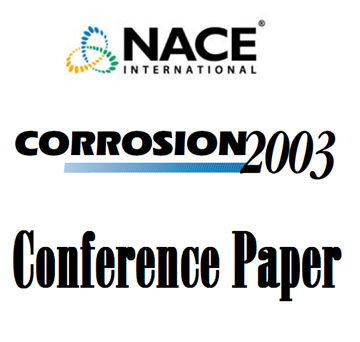Search
51316-7287-Phenomenal Pitting Corrosion on Coating Damaged Surface of Automobile Suspension Coil Springs
Also Purchased
51316-7304-Evaluation of Protective Coating Performance in a Cyclic-Temperature Environment
Product Number:
51316-7304-SG
ISBN:
7304 2016 CP
Publication Date:
2016
$20.00
51316-7312-Changes in Test Methodology to Reflect the Changes Within the Oil and Gas Linings Market
Product Number:
51316-7312-SG
ISBN:
7312 2016 CP
Publication Date:
2016
$20.00
03473 PROPOSED STANDARD CARBURIZATION TEST METHOD
Product Number:
51300-03473-SG
ISBN:
03473 2003 CP
Publication Date:
2003
$20.00




